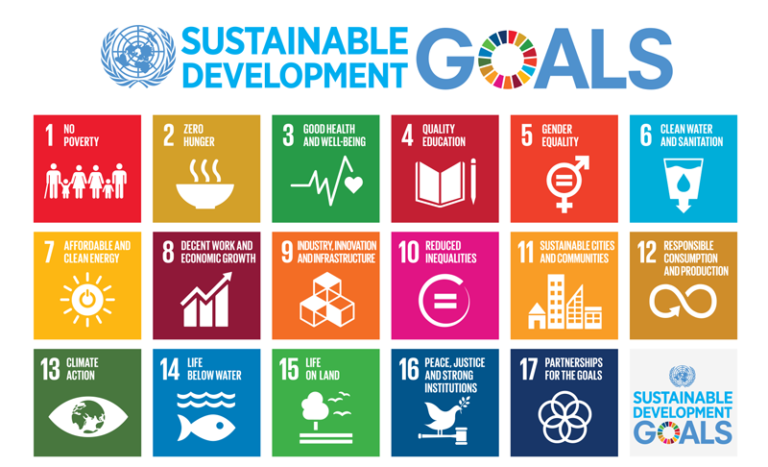Moving your organization to a net zero organization can (should) be profitable
How the current market situation of rising energy prices shows that sustainability can not only be profitable but also makes the organization more resilient to changing market situations.

Most organizations indicate that they are working on “sustainability” and the way they deal with energy use. The recent rise in energy prices has made organizations want to gain even more insight into energy consumption and look for ways to keep costs under control. However, the latter is not always directly linked to the drive to reduce CO2 emissions; on the contrary, we are currently seeing a strong shift in priority from the ecological aspect to revenue preservation and cost management.
Although, in our experience, both go hand in hand. In fact, companies that were already mapping their emissions with the goal of becoming a CO2 neutral organization were much better armed against market changes such as the recent price increases and able to limit the effect.
In all our processes to help companies become CO2 neutral, we start with the baseline measurement. Working with what is present today and how one works already gives a good overview of where one stands and allows to zoom in on the things that stand out or contrast with what we expected. Loading data over several months (or years) visualizes the trend and allows to make short and longer term predictions. Energy in all its forms is almost always our starting point given the impact on the organization and the potential win in the short term. Gaining insight into all the details from consumption to energy-supplier allows the organization to potentially react quickly to changing market situations as we experience them today.
This is just one of the examples that make a path towards a CO2 neutral organization profitable. Other examples that can make this type of pathway profitable are:
Regulations: If not out of conviction or as an answer to the ever louder call for sustainability, then the European regulations are undoubtedly the motivator to set up a sustainability trajectory and accompanying reporting in order to avoid future fines, etc. Such a project is not done in a couple of weeks but requires time to gather all scope 1, 2 and 3 related emission data, time to assess and act on the gained insights and actually see the effect over time of the actions taken. So starting in time avoids potential fines in the near future.
Attracting new customers, employees: There is currently a war for talent in various sectors. More and more, the brand (see below) and the culture of a company determine where people want to be associated with. Giving visibility to your route to a CO2 neutral organization provides a clear answer to this.
Branding:
The brand is important, not only for recruitment but also for customers, suppliers and the society the organization is located in. Depending on the segment, a clear positioning on climate and environment can make a difference in where people buy from or which suppliers they prefer to work with. Even the location where an organization has offices or production halls can benefit from having a brand that is known as a sustainable organization in how the environment looks at the organization and what they can/will tolerate.
Waste streams: Every organization has its waste streams, even pure service oriented companies have costs that can be reduced a lot by zooming in on what waste streams there are and ways to reduce or prevent them on the one hand, but also to generate revenue by looking at which ones can still serve as raw materials elsewhere.
Sustainability and profitability are closely linked and have a big impact on the brand and the social impact of the organization, both in attracting new skilled people as in how it is perceived and how potential customers look at it. Start from where you are today and how you work today, using those facts and figures to grow into an actual sustainable organization. The body content of your post goes here. To edit this text, click on it and delete this default text and start typing your own or paste your own from a different source.



